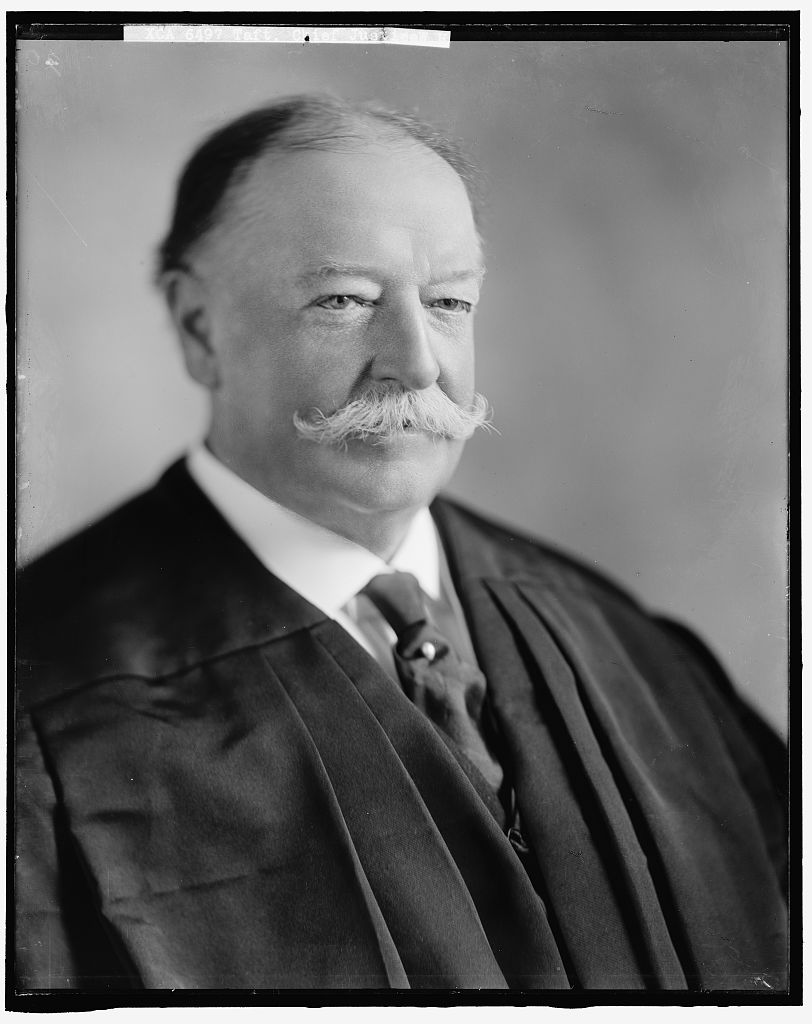William Howard Taft, the 27th President of the United States, holds a unique place in American history. Beyond his presidency, Taft went on to become the only president to serve on the Supreme Court. His time as Chief Justice marked a significant chapter in his illustrious career, showcasing his legal acumen, dedication to justice, and the enduring legacy he left on the highest court in the land. This article explores Taft’s tenure on the Supreme Court and the impact he made during his time as Chief Justice.
Appointment and Confirmation:
In 1921, President Warren G. Harding nominated Taft to serve as Chief Justice of the United States Supreme Court, succeeding the late Edward Douglass White. Taft’s nomination was met with widespread approval given his extensive legal expertise and previous experience serving as a federal judge. The Senate swiftly confirmed his appointment, and on July 11, 1921, Taft was sworn in as Chief Justice.
Judicial Philosophy and Reforms:
As Chief Justice, Taft brought his unique perspective as a former president to the Supreme Court. Known for his conservative legal philosophy, Taft sought to uphold the Constitution and adhere strictly to its original intent. He emphasized judicial restraint, advocating for judges to exercise caution when interpreting the law and limiting the court’s involvement in shaping public policy. Throughout his tenure, Taft consistently voted to preserve the integrity of the Constitution, often siding with the conservative majority on key cases.
Taft’s most significant reform during his time on the Supreme Court was the implementation of the Judicial Conference. This conference established a system for federal judges to discuss court administration, enhancing communication, and promoting efficiency within the judiciary. Taft believed that collaboration among judges was essential to maintaining the independence and effectiveness of the courts.
Notable Cases and Opinions:
During his time on the Supreme Court, Taft participated in several significant cases and authored many influential opinions. One notable case was Myers v. United States (1926), in which the court held that the president possesses the authority to remove executive branch officials without Senate approval. Taft’s opinion sided with the majority, arguing for the president’s inherent power to make personnel decisions within the executive branch.
Taft also played a pivotal role in the court’s landmark decision in Olmstead v. United States (1928), which involved the legality of wiretapping. In his dissenting opinion, Taft argued that the Fourth Amendment did not protect private telephone conversations intercepted by government wiretaps. Regrettably, his position was ultimately rejected by the majority, although his dissent has since become an important perspective in debates surrounding privacy rights.
Another significant case during Taft’s tenure was Powell v. Alabama (1932), which concerned the right to counsel in criminal proceedings. Taft wrote the majority opinion, holding that the defendants’ constitutional rights had been violated when they were denied proper legal representation. This decision highlighted Taft’s commitment to protecting individual rights and ensuring fair trials.
Legacy and Impact:
William Howard Taft’s time on the Supreme Court left an enduring impact on American jurisprudence. Through his dedication to upholding the Constitution and his influential opinions, he solidified his place as one of the most influential Chief Justices in history. Taft’s emphasis on judicial restraint and his efforts to improve court administration through the Judicial Conference continue to shape the operations of the Supreme Court today. His unique position as the only president to serve on the Court adds further distinction to his legacy, establishing Taft as a trailblazer in both the executive and judicial branches of government.
